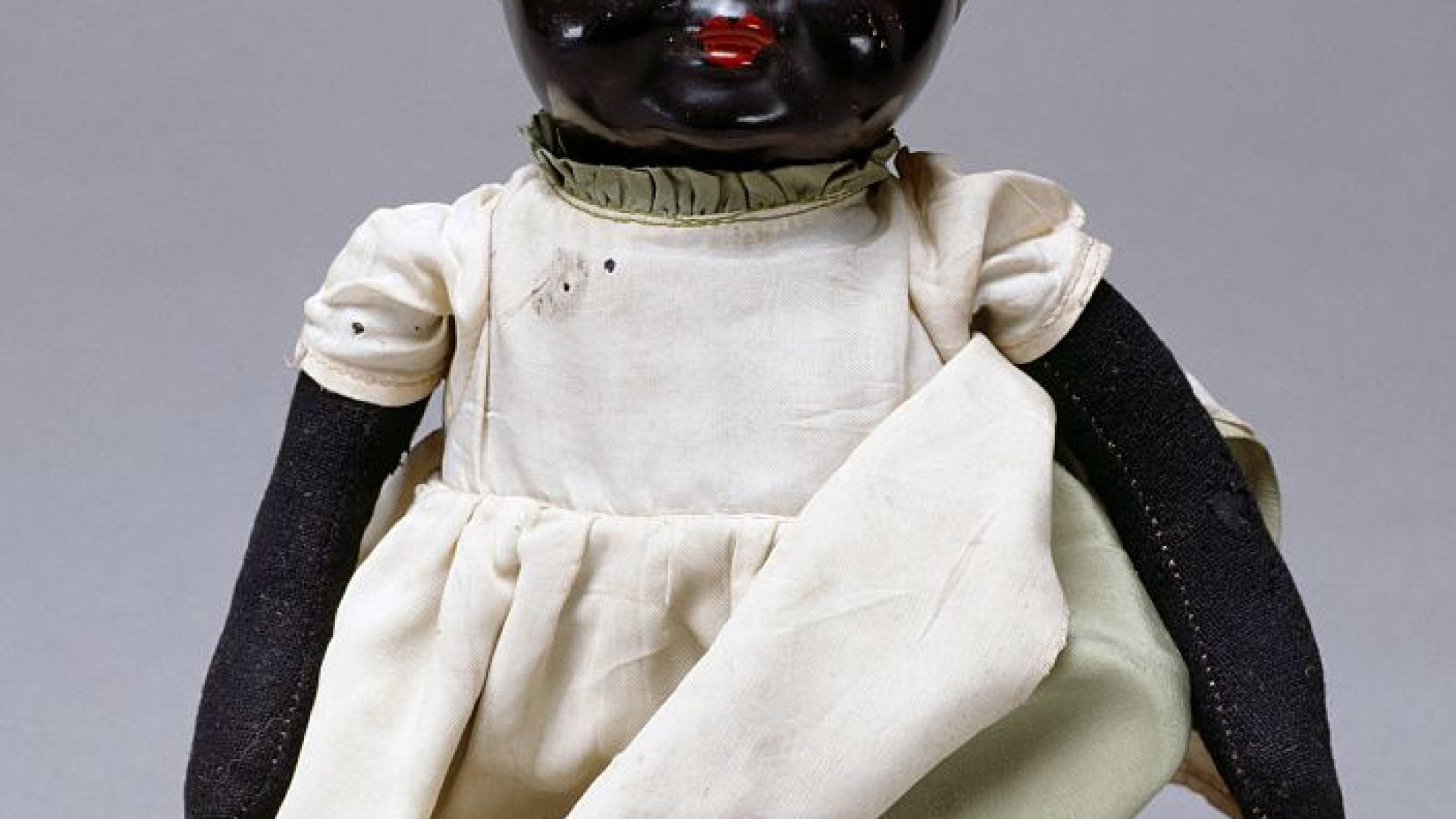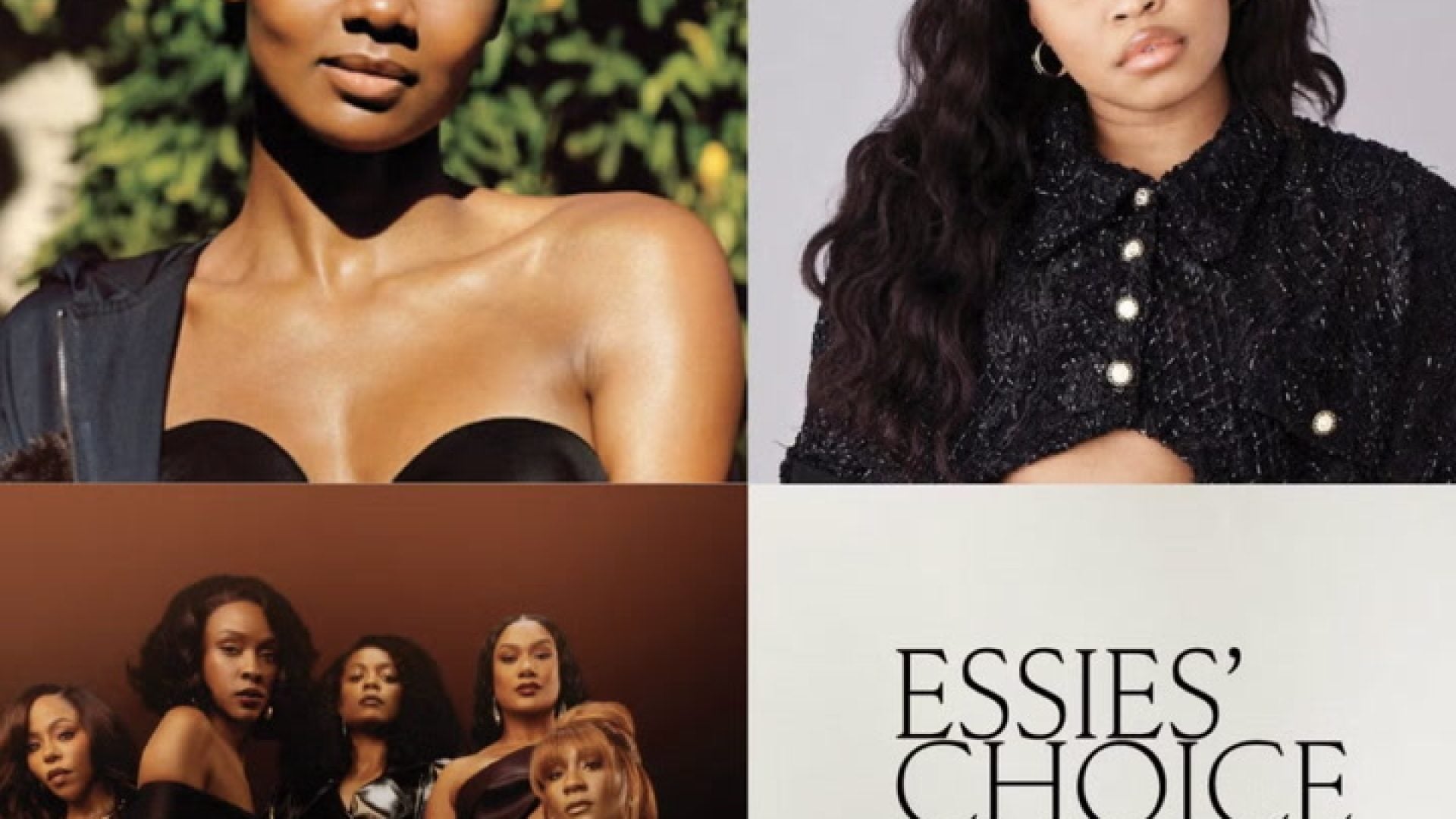
Taking a walk down memory lane, I can remember walking around a store and not being able to find a Black doll that looked like me. A fact which many can attest to, “[a]s many Black kids growing up in the 1980′s will tell you, finding Black dolls was difficult.”
Thankfully, thirty years later this is less of an issue. With the release of the new Barbie movie and accompanying Barbiemania, ESSENCE went back into the vault to look at the history of Black dolls.
During slavery times, there were Topsy-Turvey dolls, where “[o]n one side, there was a white doll, on the other a Black doll.” Historians have speculated that “they were meant for Black children who wanted a ‘forbidden’ white doll, or that the Black doll represented the ‘mammy’ to white children.”
In the 1950s, there were Sara Lee dolls, which were made by the Ideal Toy Company. This doll came to fruition with the help of novelist Zora Neale Hurston, former First Lady Eleanor Roosevelt, and “Black leaders, including Ralph Bunche, Mary McLeod Bethune, and the presidents of Howard University and Morehouse College.” Sara Lee dolls were described as having a “black vinyl head, arms, and legs; head with sleeping brown eyes, closed mouth, molded and painted black hair; cloth body, yellow organdy dress and bonnet,” pushing back against the light-complexioned dolls in an attempt to promote racial equity.
Then there was Mattel and Black Barbie created by a former Mattel production line worker Beulah Mae Mitchell. In 1960, Mitchell and other workers requested a Black doll. African American studies professor Dr. Patricia Turner said, “Asking Ruth Handler to consider incorporating a Black Barbie into the product line, that was a little act of revolution.” 8 years later Barbie’s friend named Christie was introduced, marking Mattel’s first Black doll. It wasn’t until 1980 that “Black Barbie was born,” with the packaging proclaiming “She’s Black! She’s beautiful! She’s dynamite!”
Mattel helped finance Shindana Toys, which was founded in the 1968 in Los Angeles in the wake of the watts riots, whose founder Louis Smith said, “We believe that only by learning to love oneself can one learn to love others.” From the “late 1960s to the 1980s, Shindana Toys manufactured the most complete line of Black dolls, action figures, plushies, and board and card games.” Shindana, which means “compete” in Swahili, is a story of empowerment, civil rights, and community uplift,” was created to have real Black features in contrast to the black-skinned dolls made by white companies which had white features and hair.
B. Wright Toy Company, Inc. was also created in the late 1960s, and was “the first ‘Negro’ toy company to manufacture dolls and stuffed toys.” Not only did they manufacture Black dolls, they also produced dolls in other ethnicities as well, and their dolls became known as the “Ethnic People Dolls.”
We can’t forget about American Girl’s Addy Walker, which was released in the Fall of 1993. “For seventeen years, Addy was the only Black historical doll; she was the only nonwhite doll until 1998.” While other American Girl dolls did feature struggle stories, Addy’s was “distinctly more traumatic” and some critics have complaints with the only way young Black girls could picture themselves was as a runaway slave.





